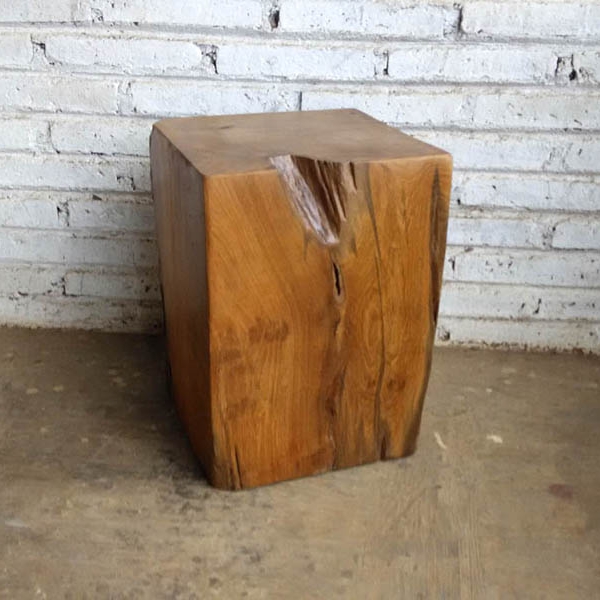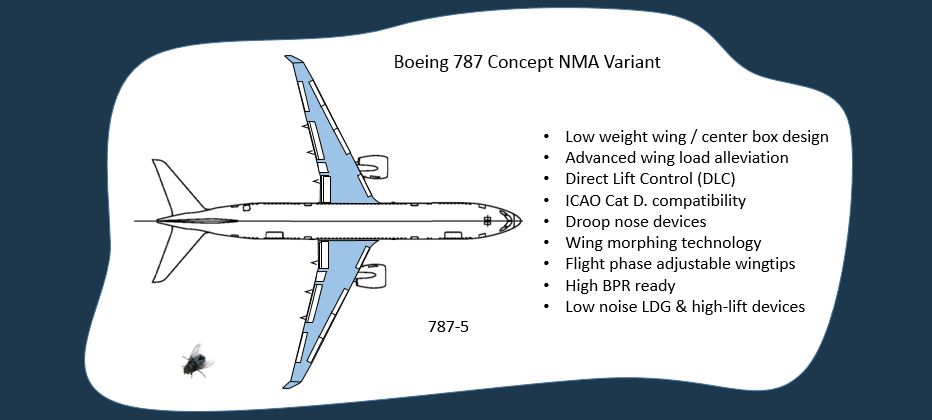Matt6461 wrote:flipdewaf wrote:According to my model.
the Keesje design at 6 abreast with 168" diameter gives a fuselage weight of 11383kg
The RJMAZ design at 8 abreast has a fuselage weight of 14000kg
The assumptions I made were:
-300seats all economy
-30"pitch
Giving a cabin length
-Using a correlation of cabin length to overall length of the fuselage.
The correlation was based on previous aircraft which showed no statistical advantage/disadvantage to with single or dual aisle in terms of amount of cabin length to fuselage length and with an Rsquared adjusted of 97% (which seems pretty conclusive).
I need some clarifications to respond fully.
-can you cite/share the study?
Data taken from a source I have on my computer but I believe this is the same data set.
https://www.scribd.com/document/303438500/DataMorichonI would send the file but it isn't really mine to send so maybe just keep an eye out on your PMs. Its basically some historic aircraft dimension data.
The analysis was done as a simple regression of the two most significant factors of the aircraft length, the cabin length and the fuselage width. In the data there was an outlier in the Beriev Be200 which I decided was muddying the water (no pun intended) so this was removed and the analysis run.
I determined that the overall length of the aircraft could be determined by 7.74 + 0.89*(Cabin Length) + 2.04 * (Fuselage width). This number will change when I put fuselage length in rather than overall length. With the fuselage length estimated then the weight could be estimated using my method which is based on the stamford weight breakdown method.
Matt6461 wrote:-How does the study define cabin length? Interdoor length, bulkhead-bulkhead length, or some other measure?
Not entirely sure to be honest, the length is on the database but I have no back up info on how things were measured. The data does seem to be slightly low compared to what Airbus show on their website by 0.7-1.5m.
Matt6461 wrote:-What is your calculation for cabin length? Is it rows= seats/Xab, then rows * pitch = Lcabin?
Yep, so its basically loads of seats and not a lot else
Matt6461 wrote:How do you account for galleys/lavs?
I don't but certainly can be added in. Not sure the standards in this area however, do we add a certain length for a galley area or a standard are per seat on the aircraft?
Matt6461 wrote:From there, is your dependent variable fuse LOA, independent variable Lcabin, and LOA calculated from your correlation curve?
Yep.
Matt6461 wrote:-How does your model treat pressurization weight versus bending weight?
It treats a shorter fuselage as being dominated by the pressure stresses, i.e. hoop stresses. as it gets longer the added bending stresses start to affect the overall weight.[/quote]
Matt6461 wrote:Here's my intuitive sense of differentiating the two: First the fuselage is a pressure vessel sitting on the floor of a giant warehouse that can replicate FL43 conditions. Whatever's needed to keep pressuriziation is called pressure weight.
Yep, basically its pressure differential of about 0.6bar.
Matt6461 wrote: Next attach wings etc. and actually fly vessel. Take whatever is added for static maneuver conditions, taxi bump, maximum yaw or sidestream moment and call that bending weight.
Bingo! But sometimes you don't need to add anything, particularly when the vessel is short.
Matt6461 wrote:Just as a first take I see a serious issue with a correlation study:
The only correlative study was for determining the length of the aircraft based on the cabin lengths.
Matt6461 wrote:bigger fuses are correlated with higher range, which is correlated with higher MTOW, which is correlated with more fuselage weight for flight maneuvers/gusts and with a bigger tailplane, which means a bigger and heavier "empty" tailcone, higher LOA/Lcabin ratio, and more fuse bending weight. In addition, the data set for NMA territory (A310/767) has to contain old planes that had to lift substantially more fuel weight than NMA to achieve a given range, thus they had more maneuver gust weight penalty than would NMA.
Point taken that this may be the case but the Stamford method does not determine the dimensions it only helps estimate the weight and if the control requirements of any aircraft are different then you have by default should design different sized control surfaces. The parts of the stamford method that deals with empennage weights takes these into account as well as the length of the moment arm of the control surfaces.
Newbiepilot wrote:Thanks flipdewaf for generating some numbers although I don’t understand all the logic behind them. Sounds like a variety of cross sections can work.
Ultimately yes, there is a drawback to a wider fuselage in terms of weight but its difficult to understand the additional benefits from increased boarding speed. I do intend to look at the boarding time data posted on here previously and try to add that to COC/DOC models I have (I'm sure I have them somewhere).
keesje wrote:
What a daft responds Matt6461.
I have never suggested / said anything like that & I wonder how get to this non-sense.
We are comparing similar shapes under similar conditions here & I have no idea what you are referencing too.
awkward..
I think I can see the confusion here and there may be some parts lost in translation, Keesje as far I can see is not meaning that aircraft and cars have the same drivers toward their shapes but that vehicles of similar type have similar drivers to their design and so their overall shapes show the same compromises.
2 SUVs have the same combination of compromises as they have the same mission and consequently look the same
2 Track racing bikes have the same mission and so the broadly the same compromises and to consequently look the same
2 fighter jets have the same mission and so bradly have the same compromises and so consequently look the same. (Rafale vs typhoon)
Why would airliners be any different, they are not their most aerodynamic form, not by a long way but a series of compromises.
Fred
 ..
..

























